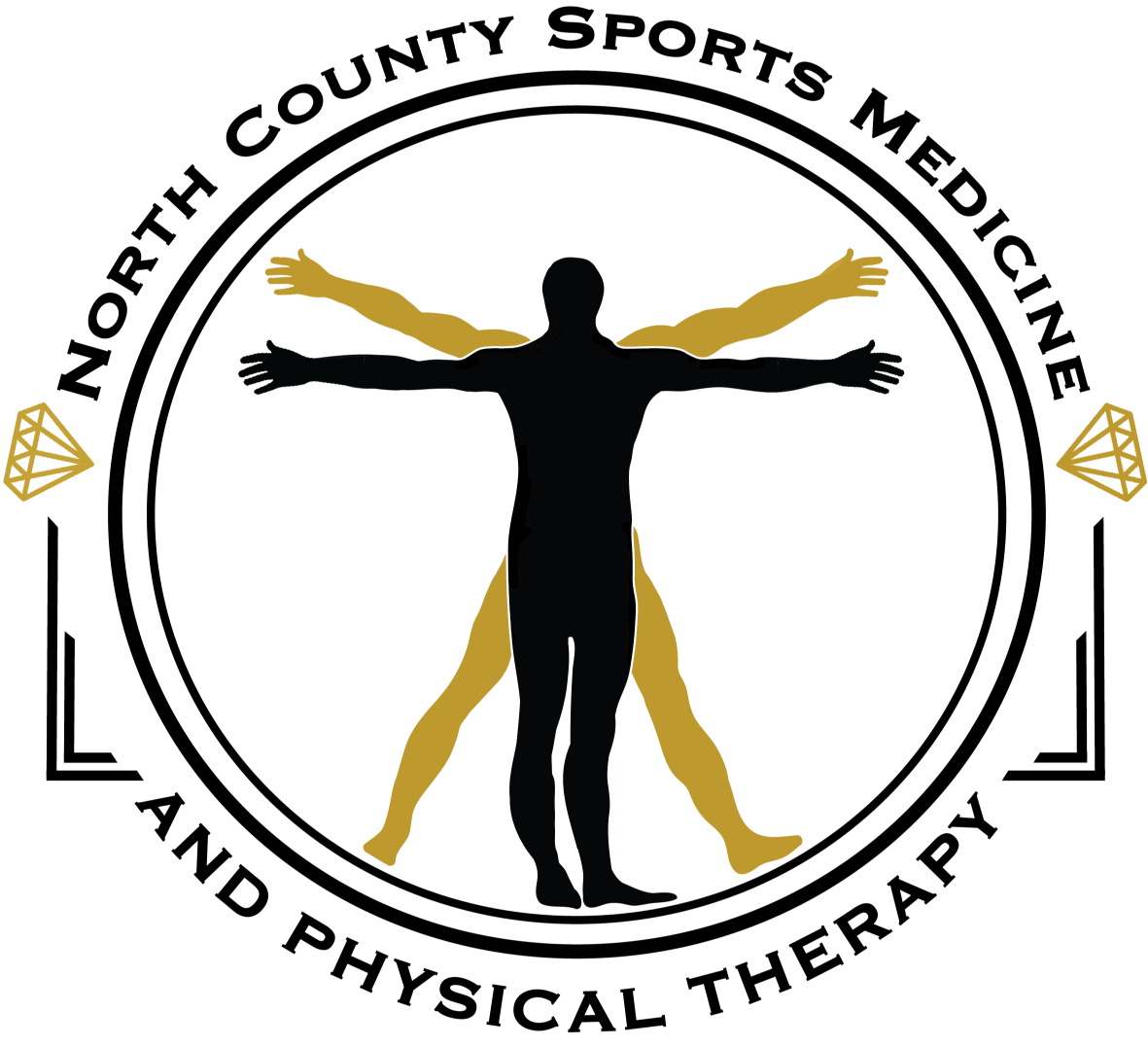What are the pros of opting to use cashed based services versus using insurance?
The benefits of being able to use cash for physical therapy services is that it primarily eliminates the hassles of using health insurance. Fortunately in California and many other states, direct access allows you to see a physical therapist as a primary care provider instead of first having to get a referral from a physician which is a requirement of the insurance company. Many physical therapists by now have an entry level doctorate degree and are well educated beyond bachelor's level sciences. Physical therapists are the experts in the musculoskeletal system and know when to screen for red flags or rule out other conditions. Referrals to a physical therapist and authorization for physical therapy services can take up to one month, which we believe is an unacceptable time to wait.
A significant advantage of going to a private physical therapist outside of a standard practice facility is that you get one on one patient care; there are no techs/aides to take you through exercises, passive modalities are minimal and the time spent directly with the PT is of paramount value. There is no more front desk check ins, copays, scheduling conflicts, waiting in the lobby and general waiting around in the clinic because it is over-filled. The time spent is focused only on getting you better and providing education on the nature of the condition or dysfunction.
How many visits will it take to get me back to normal or back to my sport?
There is no magic number, but generally between 5-10 visits. There can be a wide range of expected timelines for healing, strengthening and correcting movement dysfunctions and depends on each individual person. I am very confident in my abilities to provide the absolute best physical therapy treatment and experience that you will get which is why 5-10 visits is a relatively low number of average treatment visits.
What is joint injury?
Injury to a joint refers to different conditions such as osteoarthritis, instability within that joint, or adjacent sift tissue strains/sprains that affect the joint movement. Given those possibilities, the impairments will manifest as either increased or decreased range of motion (ROM) from a normal reference point.
What is the preferred treatment if there is a decrease in ROM?
Generally, joint manipulation or mobilization to that specific joint and direct soft tissue stretching around that joint.
Why does it matter if motion is restricted?
Collagen fibers surrounding the joint capsule become contracted or shortened and there will be a loss of flexibility within that joint or segment. This alone increases the chance for future injury in the area. Surrounding musculature will become inhibited due to loss of motion which is "disuse atrophy." One key role for muscles is to stabilize joints and if inhibited, the joint has less support.
What is the preferred treatment if there is increased ROM?
Just the opposite of joint manipulation; it is stabilization of the joint or segment by means of postural correction, stabilization exercises and correcting adjacent structures if hypomobile. Generally when there is a hypermobile joint or segment, the levels above or below will compensate and become hypomobile. Everything really is connected!
Why does increased motion matter?
The immediate surrounding soft tissue becomes chronically strained which will lead to pain sensations which changes neuromuscular control patterns and firing patterns.
